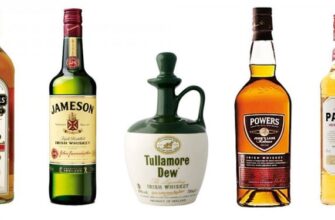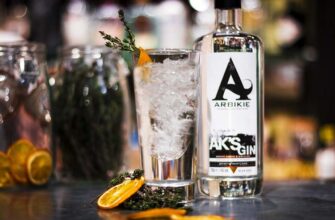Candles, cheese, marbled beef with currant sauce, wine and a lovely girl. This recipe for a romantic evening seems like Hollywood perfect. There is only one problem left to solve. How to choose red wine so that you are not painfully ashamed of yourself or your beautiful passion?
In your decision-making system, the question 'how to choose red wine' should be given priority to another: 'what do I know about wine'? Knowledge about wine is tested like this – tell yourself honestly, do you think that you can buy powdered wine in the company store of any famous winery? If the answer is 'yes', then you definitely do not know anything about wine, and you should not choose it yourself: overpay where you don’t need to, and buy not what you would like, and the result of the tasting can be horrible at all.
 Red wine, like dress, has its time and place.
Red wine, like dress, has its time and place.
How to choose wine in a store? Where is it better to buy it? Which wine to give preference to – domestic or foreign? Is there a 'powder' wine? The most complete guide to red wine in the open spaces of the Runet is at your service, gentlemen.
Russian or foreign – what to choose?
The statement that there is no good wine in Russia is outdated by several years. Despite the fact that domestic wineries are forced to work in conditions of enormous tax burden, and also do not have half of the opportunities that are provided to wineries abroad, Russian wines show the highest results at the largest international tasting competitions.
For example, we can cite the loudest success in the history of domestic winemaking – the '100 shades of red Saperavi 2015' produced by the Fanagoria winery was awarded the highest award – a platinum medal and the title of 'best red wine in Central and Eastern Europe' – the most authoritative international wine competition Decanter in London. Thus, wine from the Krasnodar Territory bypassed all the legendary wines of the Old World.
 Absolute Russian champion – '100 shades of red Saperavi Fanagoria 2015'
Absolute Russian champion – '100 shades of red Saperavi Fanagoria 2015'
In terms of price / quality ratio, domestic wine can give a head start to foreign wine. It is impossible to exclude the factors of mark-up for 'customs', transportation and other components. All these are extra numbers in the price tag on the shelf in the store. Foreign wine of equal price in its homeland will cost less and may be inferior in quality to its domestic analogue at times.
It's also worth saying a few words about the 'powdered wine' speculation:
- There is no powder wine. Wine contains a huge amount of components that cannot be converted into powder, because they will simply disappear, disappear. What many unknowingly call 'powdered wine' is not wine at all. This 'juice', by the way, is also not natural.
- The production of this 'juice' from powder is an expensive technology. It is literally several times cheaper to make wine from real grapes. The powder does not pay off even close, it is recognized by any expert just by taste, and the fines for trying to pass off 'juice' as wine are unaffordable for any (including foreign) player in the domestic alcohol market.
These two points, of course, concern only official wineries operating in the legal framework of the Russian Federation. Even the cheap packaged wine of any official winery is a completely natural product made from real grapes.
Thus, quality wines in Russia are a real fact, and to argue with it means deliberately deceiving oneself. Overpay only for the producing country if your country has great wines and is cheaper? Everyone must decide for themselves how reasonable such spending is. Thus, choosing a wine based solely on the country of origin is not efficient. What to look for if you want a tasty and interesting drink, but don't care about marketing and snobbish wine wars?
Country of origin choice – Old and New World red wines
Wines of the Old and New Worlds in most cases have pronounced, specific differences in style. When choosing a drink, these features should be taken into account, depending on the purpose.
 Old World wines are as strict and impeccable as their creators
Old World wines are as strict and impeccable as their creators
The old world is old Europe, countries with millennial winemaking traditions: France, Italy, Germany, Spain and Portugal. These are wines distinguished by their strict execution, adherence to traditions and restraint, which are a reflection of the character of the Europeans themselves. Such drinks are true decorations for any festive table or private bar, appropriate gifts for knowledgeable or just wealthy people. Although Old World wines, all other things being equal, cannot surprise with unusual stylistics, they will please any public, from lovers of cheap sweet 'compotes' to serious connoisseurs, experienced in the arts of aeration, tasting, wine food pairing and others.
The new world in winemaking is countries outside Europe: Australia, New Zealand, South Africa, Chile, Argentina, the USA and some others. Distinctive features of these wines are brightness, individuality, and unusual performance. This is expression. They are bright fruity and floral aromas. An excellent choice for youth companies and young people. The wines of the New World are interesting, distinctive and know how to surprise, which can be both an advantage and a disadvantage.
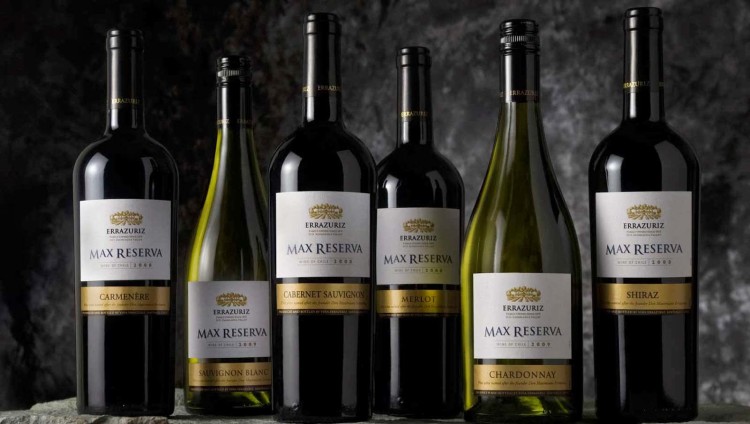 New World wines are vibrant and emotional, just like their creators
New World wines are vibrant and emotional, just like their creators
Russian wines, even within the framework of one winery-producer, may contain stylistic features of both the Old and New World. There is no consensus among experts on which winemaking traditions to rank Russian winemaking, however, it is worth noting that the classical performance of Europe is more pronounced in the lines of premium wines, while in the basic collections for every day, fashionable tendencies for fruitiness, uniqueness and bright individuality prevail.
Retail chains or brand stores – where to buy?
Alcohol shelves can be found in any major supermarket. And, despite the fact that the range of such racks really caresses the eye, federal retail chains are inferior to brand stores of wineries in all respects:
- Federal networks make a big mark-up. Any wine in any of the popular hypermarkets or alcohol markets will be significantly more expensive than it, but in the brand store of the winery-manufacturer.
- The quality of wine on the shelf in hypermarkets may (not necessarily, but completely …) be inferior in quality to analogues sold in company stores. The reason is logistics. Producers do not have the technical ability to track the transportation conditions of their products from partner networks, and wine is a delicate product that can get sick from shaking in a car, cold or heat.
- There are no fakes in the manufacturers' brand stores. It is impossible to deceive the EGAIS system, which tracks every bottle of wine from the moment of bottling to a specific consumer, and the attempt itself is beyond the reach of any player on the Russian wine market.
If you bought wine in some hypermarket or liquor store, and you didn’t like it sharply, before writing angry reviews on the Internet, buy the same wine in the manufacturer's brand store. First, it will be fair to the hard and irregular work of winemakers. Second, the experiment will be cleaner. Thirdly, in 90% of cases, comparing samples from alcohol and brand stores, you will save your precious time on writing negative posts.
How to choose red wine in stores on the shelf
If brand stores are not for you for any reason, when choosing red wine on the shelf of a chain store, you must first of all pay attention to the label and back label (on the back of the bottle), then to the cork, and only then to the price. What can you learn from the label and counter.
Geographic markings
On many domestic wines, you can find the abbreviation ZSU and ZNMP. This marking is an analogue of the Appellation system in European countries – AOC in France, DOC in Italy – and guarantees the exceptional quality of products.
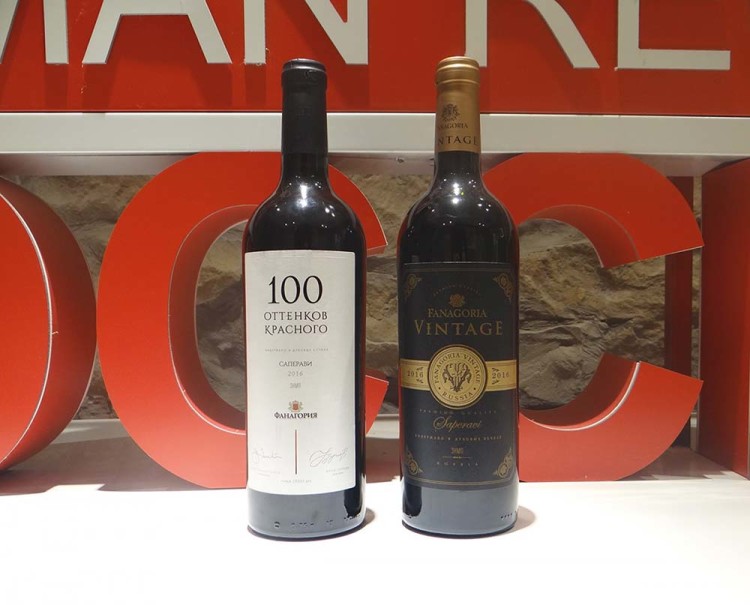 PGI and ZNMP – wine labeling that guarantees high quality products
PGI and ZNMP – wine labeling that guarantees high quality products
Protected Geographical Indication (abbreviation PGI) is a marker for wines produced in one of the largest Russian wine regions:
- Don Valley.
- Kuban.
- Stavropol.
- Lower Volga.
- Dagestan.
- Valley of the Terek.
- Crimea.
Protected appellation of origin (abbreviation ZNMP) is a marker for wines produced in the microregion. The pedigree of a drink with this acronym can be traced back to the vineyard itself.
Grape sort
What a grape variety can tell us. First, if the wine is blended (consists of several grape varieties), then all varieties must also be indicated on the label. If the Old World is in your area of interest, you should pay attention to the classic varieties 'Cabernet Sauvignon' and 'Pinot Noir', as well as the Spanish variety 'Tempranillo'.
If you are interested in New World wines, you should definitely pay attention to the following varieties and terroirs:
- Variety 'pinot noir'. Some of the most interesting varieties of red wine from this grape can be found in the United States and New Zealand.
- The varieties are 'Cabernet Franc' and 'Bonarda'. Argentina is the undisputed leader of the New World in working with this grape.
- Variety 'Carmenere'. It is better to start acquaintance with the merits of this grape with Chile.
It also makes sense to pay attention to red wines from South Africa. In this wine-growing region, many eminent winemakers of the Old World founded their projects. In addition, with a price of over 1000 rubles on the shelf, any wine will be defect-free, because otherwise is economically unjustified.
The varieties worthy of special attention in domestic wines are 'Saperavi', as well as autochthones – 'Tsimlyanskiy black' and 'Krasnostop'. Autochthonous wines are the most valuable in winemaking, created from grape varieties that have been growing in a particular place for a long time (sometimes hundreds of years), and have absorbed all the features of this place. There are no two autochthonous wines with the same organoleptic properties from the same grape variety from different producers.
Name, bottling and harvest dates
The only rule regarding the name is to be attentive to defiantly pretentious or bright names. In most cases, low rulers are masked behind the outrageousness, which may not be bad, but most likely on the shelf in the retail network they will not cost the requested money. For such lines – only in the brand stores of manufacturers.
Bottling Date and Harvest Date – These figures for aged drinks can vary significantly. At the same time, the wine of the same variety, manufacturer and brand, but different years of harvest, can differ significantly in taste and style.
QR code
The QR code on the label can be useful. By scanning the code, the customer will be able to get complete information about the bottle of wine, down to what it is best to use with and what reviews other customers have left about this drink.
Wine cork
Despite the fact that the screw cap on a wine bottle looks suspicious, for young wines designed for a modern, mobile generation of people, this is a common practice. Such wine can be taken to the beach or a party, quickly opened, without having a corkscrew with you and without the risk of a crumbled cork getting into the drink.
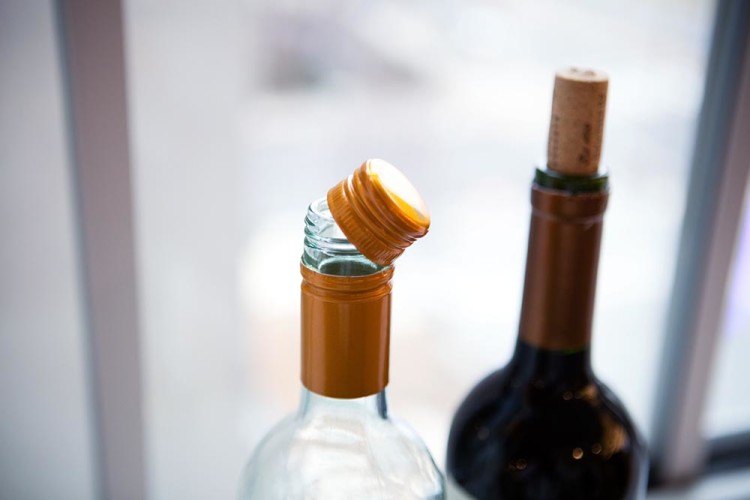 Wines with screw cork do not require aging, but natural cork will allow the wine to 'live' in the bottle
Wines with screw cork do not require aging, but natural cork will allow the wine to 'live' in the bottle
Wines with a screw cork do not require aging, but if a wine is interested in storage potential, then this is always a natural cork that can only be opened with a corkscrew. This blockage allows the wine to ripen.
Instead of a conclusion
So the question is 'how to choose red wine?' globally can be divided into the following items:
- Place of purchase. The best choice for any situation is specialized brand stores from manufacturers.
- Research label. This point should not be excluded, even if the sales assistant himself tells you everything about the available products. Trust but know.
- Bottle and cork. These parameters will be able to tell the age and direction of the drink. For example, young wines that are not intended for long-term storage may have a screw cap. There is nothing terrible or even reprehensible in this.
- Domestic wine is not inferior in quality to foreign. Especially when it comes to historic wine regions.
- You need to select wine for snacks. Each wine, like a dress, has its own time and place. But this is a separate, independent topic.
The simple rules for choosing red wine described above will help to reveal all the richness of the taste of this amazingly lively drink. Use it, but know when to stop;)



